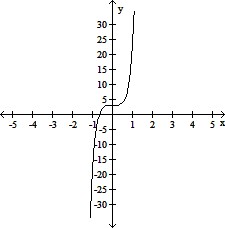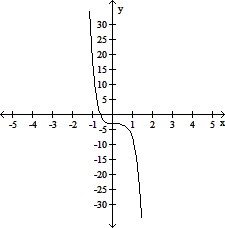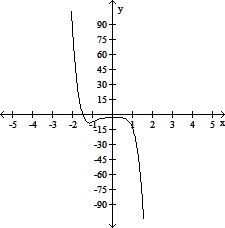Solve the system of equations.
A. x = 1, y = 4, z = 2; (1, 4, 2)
B. x = 4, y = 1, z = 2; (4, 1, 2)
C. x = 4, y = 2, z = 1; (4, 2, 1)
D. x = 1, y = 2, z = 4; (1, 2, 4)
Answer: D
You might also like to view...
Suppose we draw a card from a well-shuffled deck of 52 cards. Find the specified probability.The probability of drawing a 2, 3, or 5.
A. 
B. 
C. 
D. 
Use Descartes' Rule of Signs to determine the possible number of positive and negative real zeros for the function. Then, use a graph to determine the actual number of positive and negative real zeros.P(x) = 8x5 - 8x4 + 5x3 - 3
A. possible: 1 or 3 pos, 0 neg
actual: 1 pos, 0 neg
B. possible: 0, 2, or 4 pos, 1 neg
actual: 0 pos, 1 neg
C. possible: 0 pos, 1 or 3 neg
actual: 0 pos, 1 neg
D. possible: 0 or 2 pos, 1 or 3 neg
actual: 0 pos, 1 neg
Simplify the polynomial, if possible. Write the result with descending powers.5z7 + 7z8
A. Cannot be simplified; 7z8 + 5z7 B. 12z15 C. 12z7 D. Cannot be simplified; 5z7 + 7z8
Solve the inequality. Express your answer using interval notation. Graph the solution set.|8k + 1| ? 2![]()
A. [ , ?)
, ?)![]()
B. [-  ,
,  ]
]![]()
C. (-?, -  ] ? [
] ? [ , ?)
, ?)![]()
D. (-  ,
,  )
)![]()